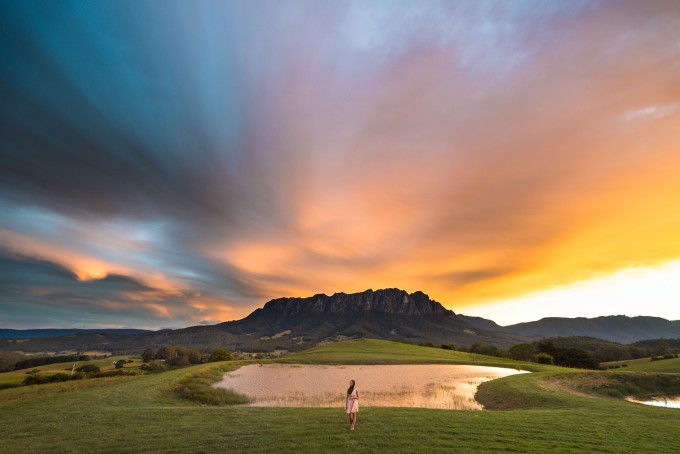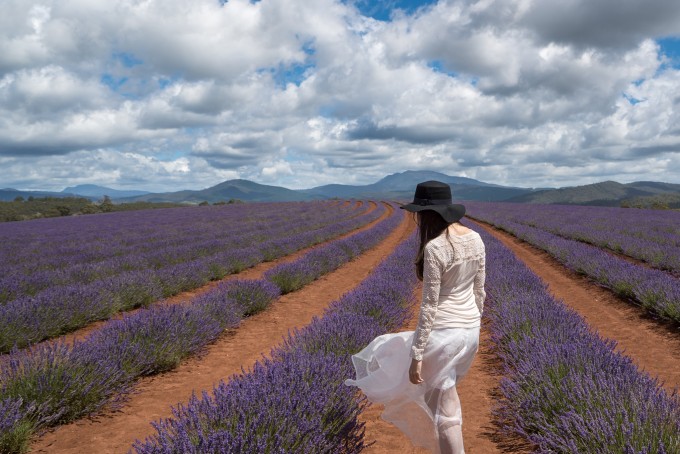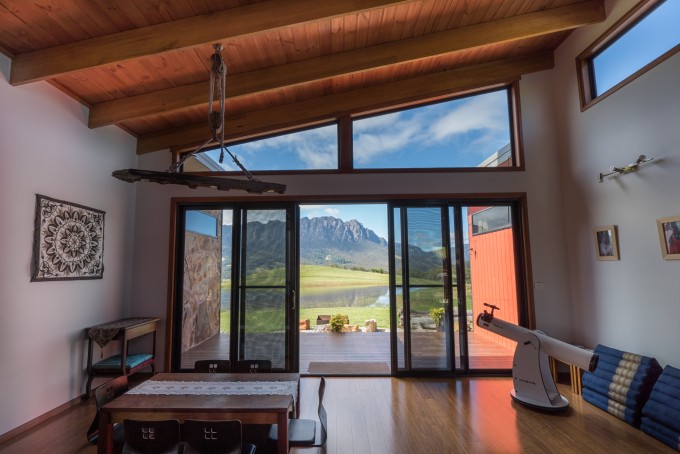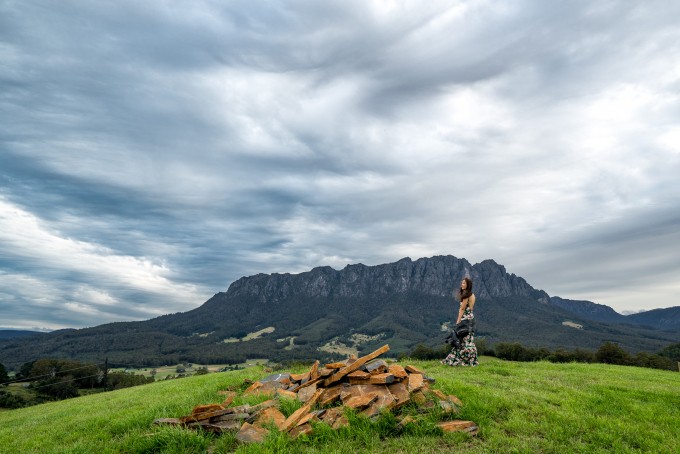Sony A7s and 16-35 Head to Tasmania!
By Peter Amber
Hello Steve,
Earlier this year I took along the FE 16-35mm as the go-to lens with my A7S and traveled around the beautiful Tasmania, Australia. The 16mm focal length came in handy for landscapes and interior shots, and I find it more fun to use than the 24-70mm. As I shoot videos, the zoom lens came in handy and coupled with the APS-C function gave an effective coverage of 16-50mm to play with. Here are some images and video from our travel around Tassie. As usual keep up the awesome site guys!
www.vimeo.com/peteramber/tasmania
Regards,
Peter/Amber
www.peteramber.com






Beautiful work. I’m a big fan of the 16-35 lens myself. Curious to know what program or programs you use for your post processing?
Great work, each one is exceptional.
Stellar shots!
Inspiring. This is how you use a wide angle. Beautiful.
No doubt these pictures are very,very good. Then I checked out your Vimeo link, and the Maldives video is magical. Inspired me to try and find the “record” button on my own camera. Thank You.
Thanks Paul, yup don’t let that record function go to waste. Though challenging to create, videos are simply more fun and rewarding.
Traveling the world photographing amazing locations with a jaw dropingly beautiful woman. What a life!!! Well done!
Outstanding capture, I m Speechless!
Peter, the Bruny Island pictures are just fantastic. Great job and great eye!
Thanks Jeff, Bruny island is fantastic, really worth the drive and ferry trip. The Neck is a visual treat and the Hundred Acre Hideaway cottage is a true getaway.
Peter, since the shots are wonderful, I visited your site.
It is STUNNING !
Keep on traveling and bring more of those wonderful pictures.
Many thanks Raviv!
Hey just wondering how big you’ve printed with A7s?
Hi Eric, printed some 5x7s, have not tried any large prints though.
Very nicely done!
It is not by chance that eagle-nest is the first picture. Wonderful light, wonderful composition.
Thank you. Yup that’s the awesome view we had from Eagle Nest III, up at Kentish town. Had a lucky break with the fiery sunset.
Beautiful photography. Just visited your website as well and your videos are mesmerising!
Thank you Lena!
Thank you for sharing these beautiful pictures!
The pictures and videos are an absolute treat !!
Great shots….last one shows stunning DR.
OK now we all want a7s instead of a7r2
Absolutely beautiful images! Subroto summarised it well
Wonderful images, terrific compositions, great equipment, tremendous talent !
Stunning! Nuff said
Great dynamic range on picture #3
Tremendous color and resolution. Great shots!
These are inspiring shots so thank you. Being a novice, I do not understand the reference to the lens focal length going to 16-50mm with apsc sensor? Thanks again. Gene
Took me a sec to realise what he meant too – 16mm at the wide end when he’s on the full-frame setting (the default) but when he selects APSC, the crop changes from 1x to 1.5x, meaning the 35mm focal length at the tele end behaves like a 50mm. Combining the two settings (16-35 and 24-50) gives a 16-50 spread across the two.
You don’t get the full sensor readout so have less megapixels to play with, but the added flexibility can be handy.
Thanks for efor explanation, I too did not understand it first time. Fab images too
Actually, as I understood, Peter referred to the APS-C function for shooting videos, and even without doing the math, I think that also the low megapixel sensor of the A7s is enough for full HD video in APS-C mode, hence with no pixels reduction at all.
On the other hand, when shooting pics, it’s pointless to use the APS-C mode to get a narrower FOV, because you can always crop the image afterward.
Videos aside, APS-C mode only makes sense when using non-FF lenses.
Gene, when you use (or select in-camera) a smaller sensor size, you effectively zoom in on the image. This makes the FOV of a lens smaller by the ratio of the used sensor area versus the full 35mm sensor. A sensor area 1.4 times smaller then the full frame sensor gives the view of a 1.4 times longer lens.
Thus a 35mm lens gives the field of view of a 50mm lens on a 1.4 crop sensor.
Thanks Gene, both Nathan and Elbert gave clear explanations 🙂 Sony allows in-camera toggle to APS-C though at reduced resolution so for photos its cut down to about 5MP.
Some truly excellent shots. Some of the best I’ve seen on this site.
Very nice!
wow!